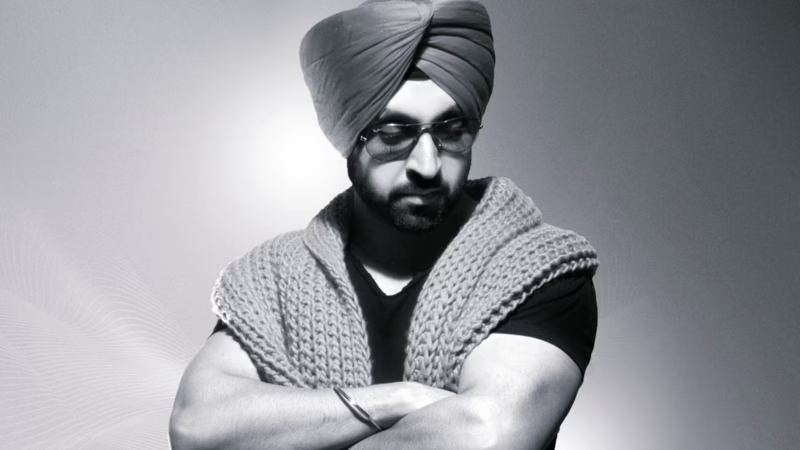The “Baahubali” series redefined Indian cinema. Directed by the visionary S.S. Rajamouli, it set new benchmarks in filmmaking. Released in two parts, “Baahubali: The Beginning” (2015) and “Baahubali: The Conclusion” (2017) captured audiences worldwide. These films became more than just blockbusters; they were cultural phenomena.
The Vision Behind the Baahubali Series
S.S. Rajamouli is known for his grand vision. With Baahubali, he pushed the limits of Indian cinema. His ambition was not just to create a film, but to craft an epic saga. The story, characters, and visuals were larger than life. Rajamouli spent years meticulously planning every detail of the series. His aim was to blend Indian mythology with modern filmmaking techniques.
Record-Breaking Budget and Production
The Baahubali series broke records for its budget. “Baahubali: The Beginning” had a budget of around ₹180 crore ($25 million). Its sequel, “Baahubali: The Conclusion,” raised the stakes with a budget exceeding ₹250 crore ($35 million). This made Baahubali the most expensive Indian film ever made at the time.
The production spanned five years. Rajamouli assembled a world-class team of cinematographers, art directors, and visual effects experts. The film required elaborate sets and intricate costumes. Every frame exuded grandeur. They built a massive kingdom, Mahishmati, using both real sets and computer-generated imagery (CGI).
Pioneering Visual Effects
Baahubali was a game-changer for visual effects in Indian cinema. The VFX used in the series set a new standard. The war sequences, waterfalls, and palaces were awe-inspiring. Rajamouli worked with top VFX studios, including the Indian company Makuta VFX. The film featured over 4,500 VFX shots, a record for any Indian production.
The scene where Baahubali lifts a giant Shivling became iconic. This moment exemplified the use of CGI to enhance the storytelling. The battle scenes, particularly the war between Mahishmati and Kalakeya, showcased the technical brilliance of the film.
A Star-Studded Cast
Baahubali featured an ensemble cast led by Prabhas in the titular role. He portrayed both Amarendra Baahubali and his son, Mahendra Baahubali. Prabhas underwent rigorous physical training to embody the warrior-king. He dedicated five years exclusively to the film, a rare commitment in Indian cinema.
Rana Daggubati played the antagonist, Bhallaladeva. His towering presence and intense performance made him a formidable villain. Anushka Shetty portrayed Devasena, a warrior princess, while Tamannaah Bhatia played Avantika, a rebel fighter. Veteran actor Ramya Krishnan delivered a powerful performance as Rajmata Sivagami, the matriarch of Mahishmati.
Each actor brought depth to their characters, elevating the storytelling. The film’s ensemble cast helped make the narrative more engaging and complex.
Epic Storyline Inspired by Mythology
Baahubali’s story drew inspiration from Indian epics like the Mahabharata and Ramayana. It centered on themes of power, betrayal, and revenge. The narrative followed the rise of Mahendra Baahubali, who avenged his father’s murder and reclaimed the throne of Mahishmati.
The question, “Why did Kattappa kill Baahubali?” became a cultural phenomenon. This cliffhanger at the end of “Baahubali: The Beginning” gripped audiences. It sparked countless theories and discussions, keeping fans hooked for two years until the release of the sequel.
The story’s universal appeal lay in its depiction of timeless emotions and values. Themes like loyalty, sacrifice, and justice resonated with audiences across age groups.
Box Office Success and Global Reach
Baahubali shattered box office records in India and abroad. “Baahubali: The Conclusion” became the highest-grossing Indian film at the time, collecting over ₹1,800 crore ($240 million) worldwide. Both films were released in multiple languages, including Telugu, Tamil, Hindi, and Malayalam.
The series earned a massive fanbase not only in India but also globally. It found audiences in countries like Japan, China, and the United States. Baahubali became the first Indian film to be screened at the Royal Albert Hall in London. The series’ success paved the way for Indian cinema’s global recognition.
Critical Acclaim and Awards
Baahubali received critical acclaim for its direction, visual effects, and performances. It won several prestigious awards. “Baahubali: The Beginning” won the National Film Award for Best Feature Film. Both parts earned Filmfare Awards in categories like Best Film, Best Director, and Best Actor.
The film’s music, composed by M.M. Keeravani, also became a hit. Songs like “Dheevara” and “Saahore Baahubali” topped charts and became anthems for fans.
Legacy and Impact on Indian Cinema
Baahubali changed the way Indian films were made and marketed. It showed that Indian cinema could match the scale and quality of Hollywood blockbusters. The success of Baahubali proved that audiences were ready for larger-than-life stories. The film inspired a new wave of big-budget, high-concept films in India.
Several filmmakers began adopting Baahubali’s model of releasing films in multiple languages simultaneously. The series also boosted the careers of its lead actors, turning them into pan-Indian stars.
Conclusion
The Baahubali series left an indelible mark on Indian cinema. S.S. Rajamouli’s vision, combined with stunning visual effects, powerful performances, and an epic storyline, made Baahubali a global sensation. It set new benchmarks for filmmaking in India and showed that Indian stories could have universal appeal. Baahubali will be remembered as a game-changer for Indian cinema, inspiring filmmakers and captivating audiences for generations to come.
#Baahubaliseries #Baahubalimovie #BaahubaliTheBeginning #BaahubaliTheConclusion #SSRajamouli #Indiancinema #Baahubaliboxoffice #Baahubalivisualeffects #PrabhasBaahubali #HighestgrossingIndianfilm #Baahubalicast #Indianepicfilms #Baahubalisuccess #Baahubalibudget #Baahubalistory
For More Such Filmy Updates keep tuned with FilmsNminds









